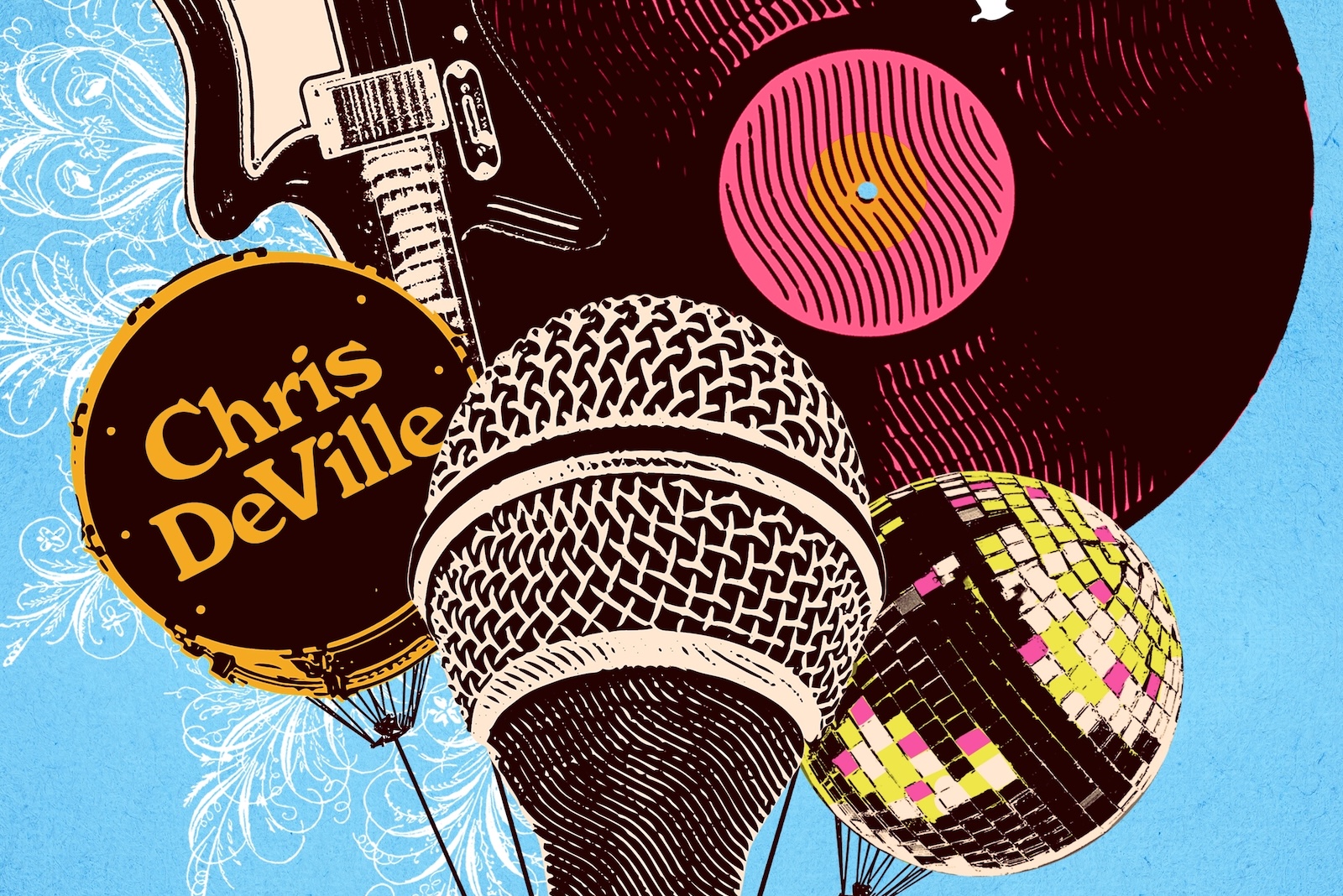
"The recent stomp clap discourse sparked a lot of conversations about how the divisive 2010s subgenre grew out of 2000s indie-folk, and the evolution (and "gentrification") of the latter is actually something that Stereogum managing editor Chris DeVille tackles in his upcoming book Such Great Heights: The Complete Cultural History of the Indie Rock Explosion, which comes out this Tuesday (8/26) via St. Martin's Press."
"When I say "twee" here, I mean it in the broader Merriam-Webster sense of "affectedly or excessively dainty, delicate, cute, or quaint," not the more specific musical subgenre known for its proudly amateurish qualities. Because there was nothing amateurish about the indie folk that began to arise in the second half of the aughts and on into the early 2010s."
Freak folk's scraggly, hippie aesthetics gave way to a more sanitized, scalable, and dainty indie-folk often described as 'twee' in a broad sense. The emerging indie folk of the late 2000s and early 2010s was polished and professional rather than amateurish, and it became packaged for a wider, normie audience. Artists and bands who adopted orchestration, choral elements, and theatricality helped bridge underground scenes to mainstream platforms. Major-label signings, Hollywood and corporate playlists, and blog-era bands with large, arranged lineups all contributed to the genre's commercialization and broader popular absorption.
Read at BrooklynVegan
Unable to calculate read time
Collection
[
|
...
]